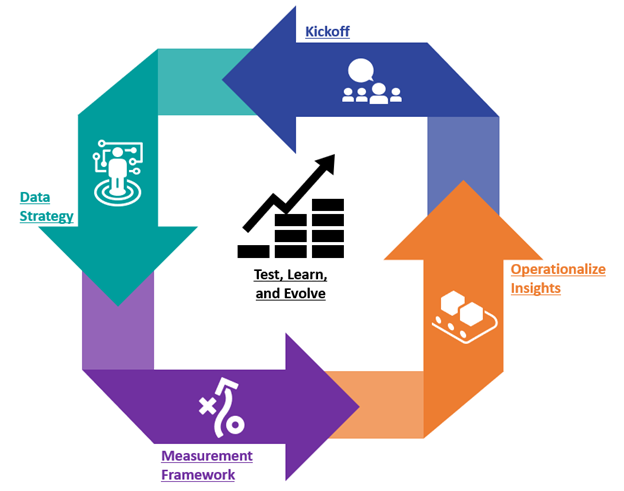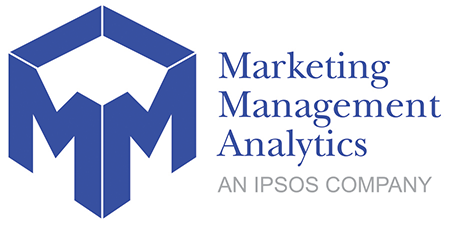Outlining the Optimal Agency & Marketing Measurement Vendor Approach
The Value of a Strong Relationship
In our previous article we discussed how brands and agencies can evolve together to reach the ideal measurement plan that addresses critical business questions for brands. A fully Unified approach (MMM+MTA) has been undeniably proven to drive business performance and deliver value to the bottom line; implementation should be the goal of any brand advertiser. Paramount to a successful engagement is the partnership across measurement vendor and agency on behalf of brand. Ideally, these teams are inextricably linked with a common goal, but since we’re all naturally selfish, what’s in it for brands and agencies?
- Measurement Vendor
- Improved insights, with agency POV embedded in outputs for more granular detail
- Increasingly meaningful impact to client business performance
- Streamlined data collection: improved timing and accuracy
- Trust built with brand clients; viewed as a critically important partner
- Agency
- Materially impact media planning and buying with actionable, data-driven insights
- Creative involvement in performance talk track
- Preparedness for brand response and questions to performance updates
- Time efficiency: less time wasted on data validation
Establishing the Ideal Unified Approach
With years of experience running MMM and Attribution, Ipsos MMA has developed a collaborative process for brands and agencies to work together. Each of the steps is built with flexibility in mind; they can morph to fit the maturity, executional complexity, data readiness, and specific objectives of any brand. The list below is a gateway to building a proper relationship between measurement vendor and agency and is designed to allow for evolution over time as the process advances. This process is intended to be stepwise, constantly advancing with testing, learning, and evolving at the fulcrum of progress.
Note: each of the steps below will be further developed in individual blogs.
- Kickoff – defining the role of analytics in the organization
- Establishing a data strategy – identifying what data is available and areas for partnership
- Developing a measurement framework – understanding what is being measured and how
- Operationalize measurement and insights – integrating outputs into day-to-day decision making
- Test, learn, and evolve – using this process to learn and ultimately improve for future iterations

As the individual blogs for each step will demonstrate, no step is without subtlety and nuance. Over time the measurement engagements, company structures, and marketing landscapes will evolve in a fluid manner, often without warning or direction. By creating a feedback loop built inherently into an ideal measurement process, teams can create ongoing value for their brand partners. Maintaining this approach and creating a strong partnership is integral to a successful engagement.
